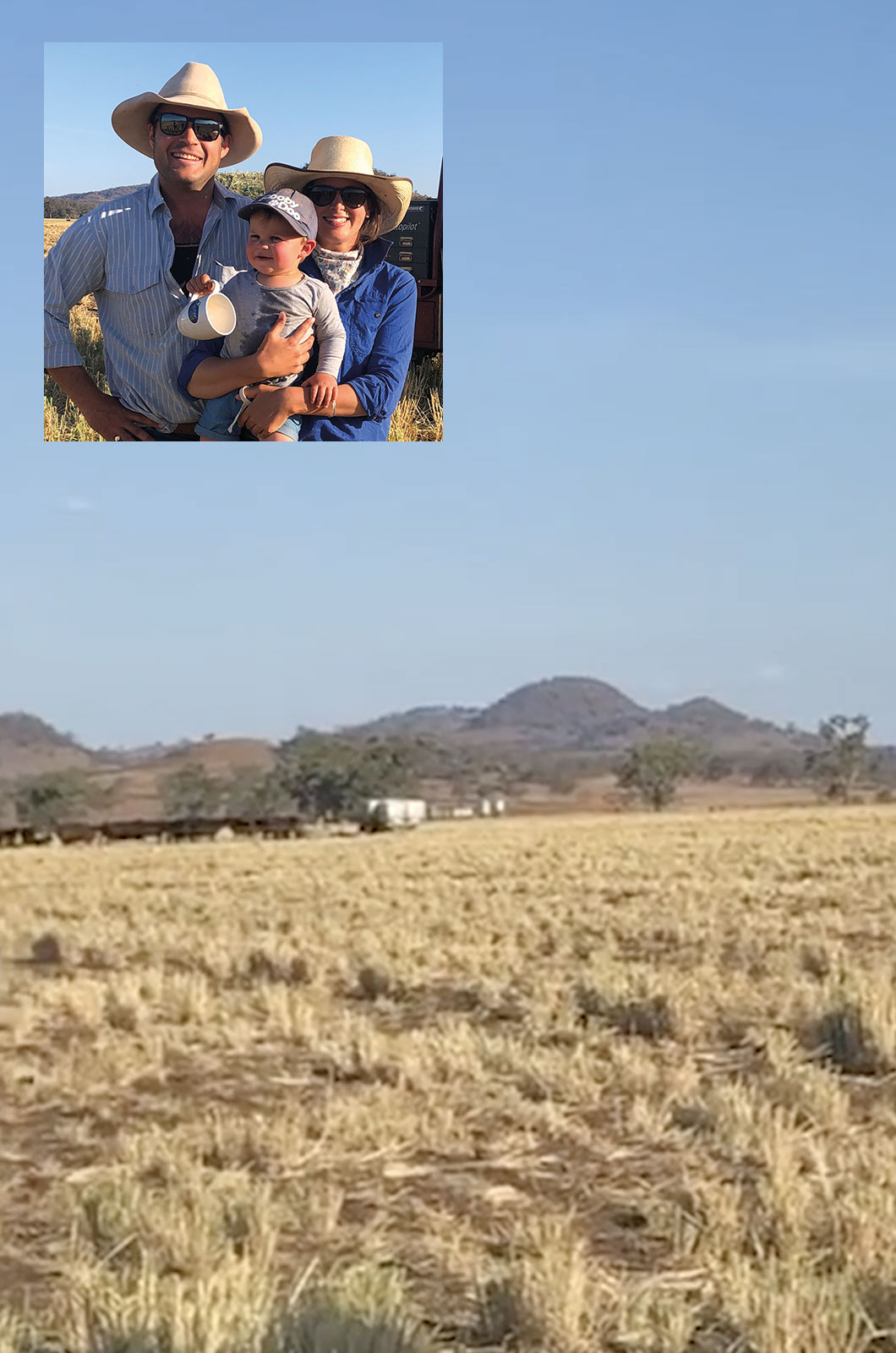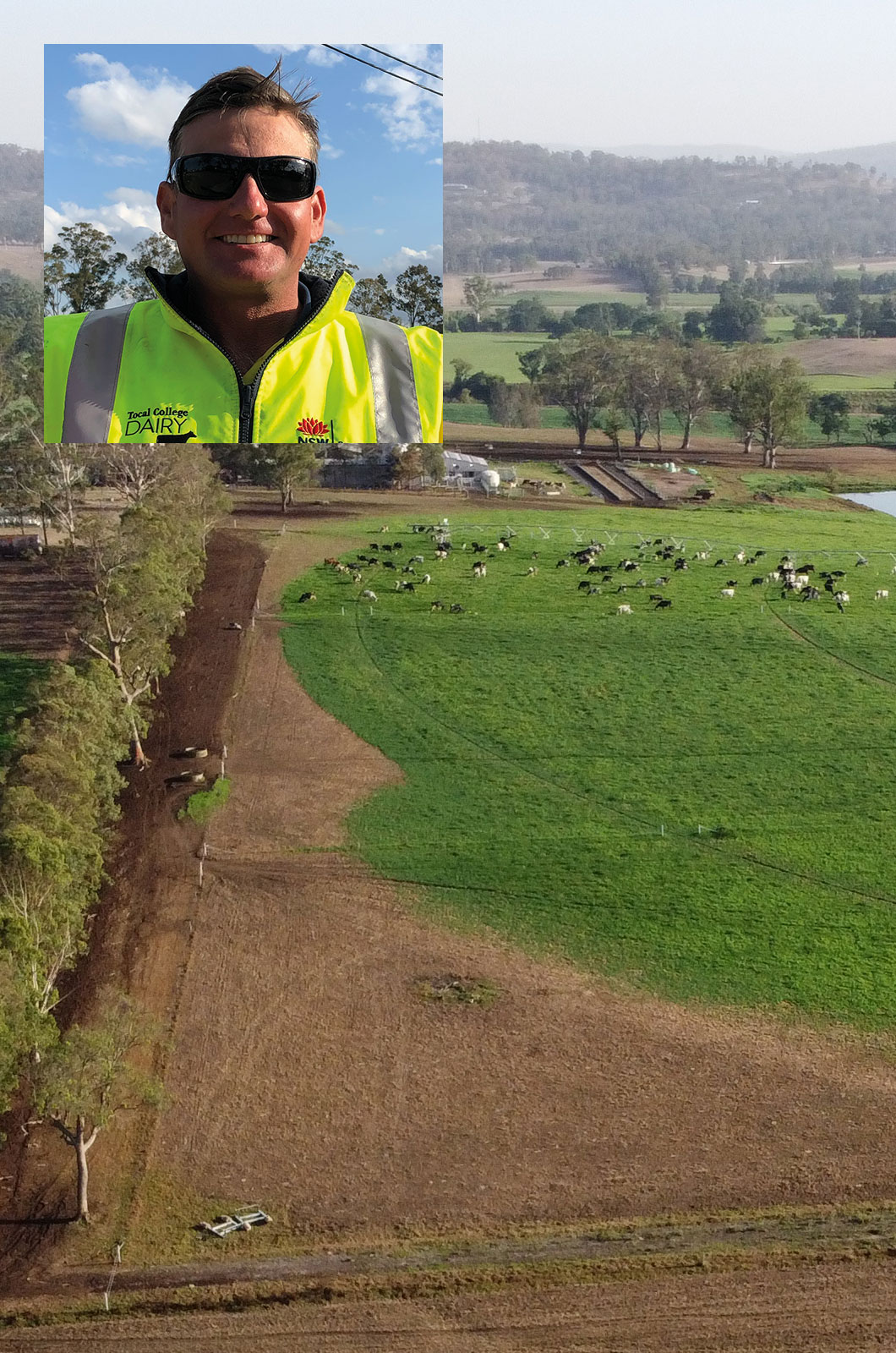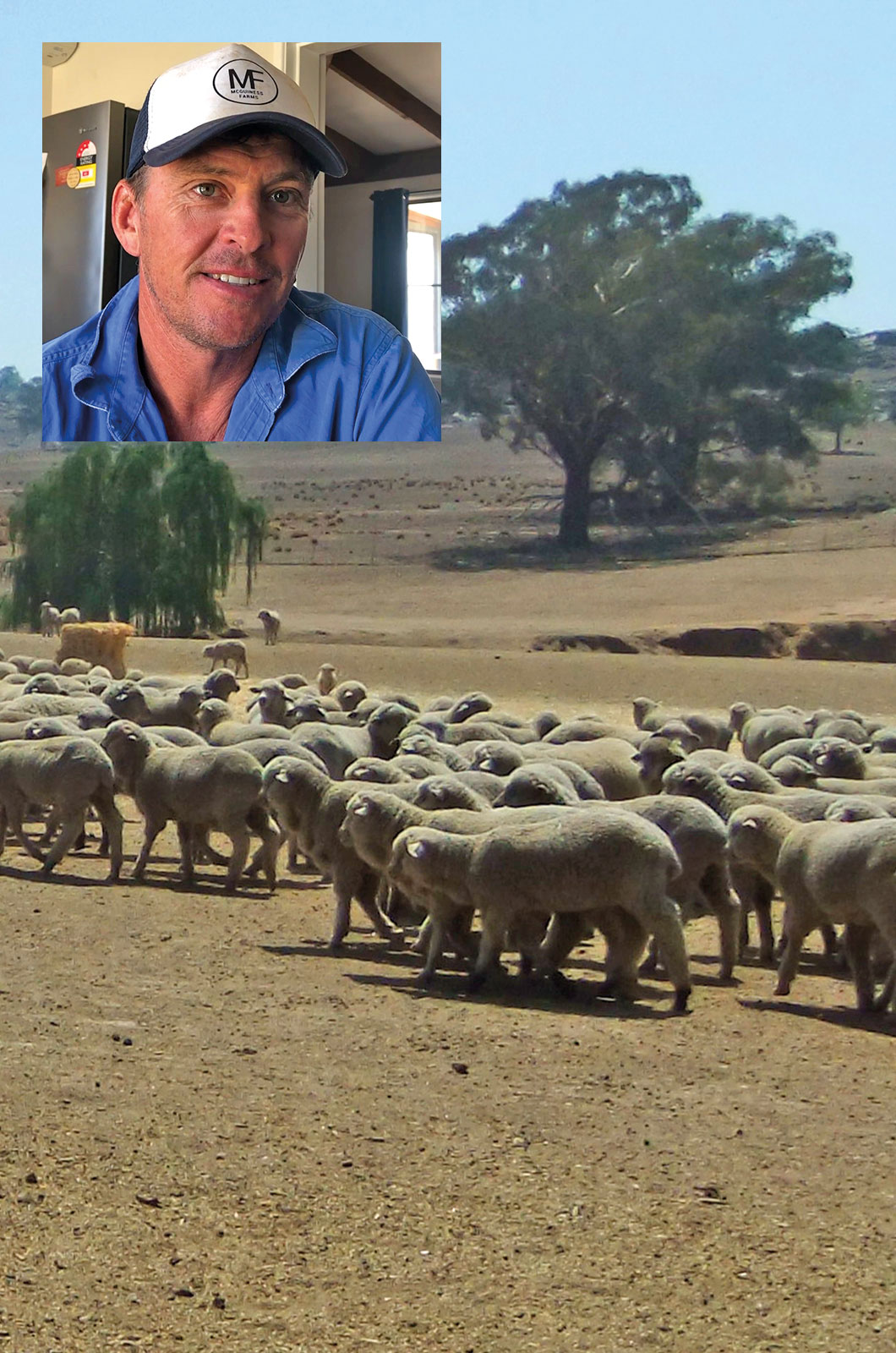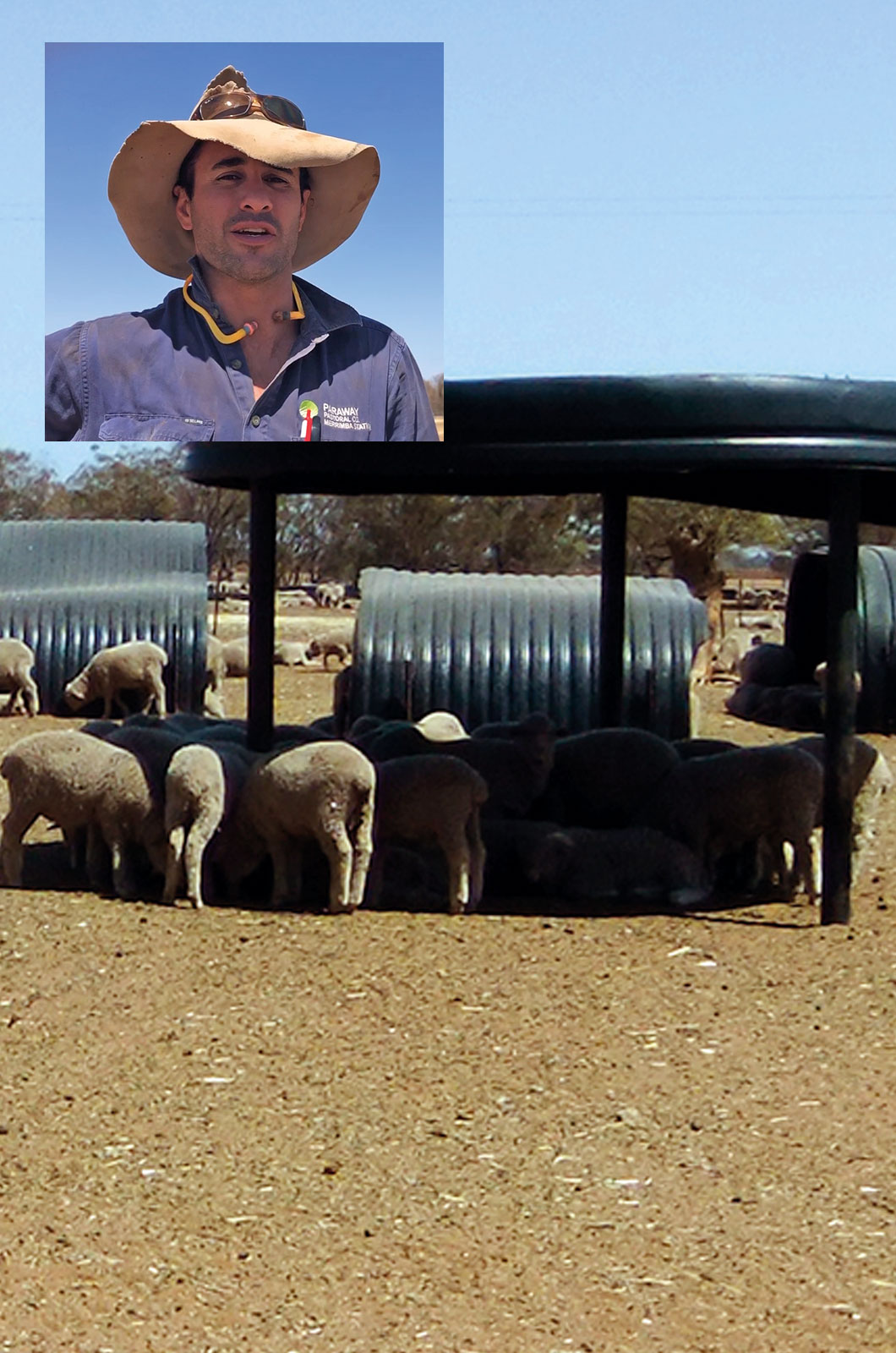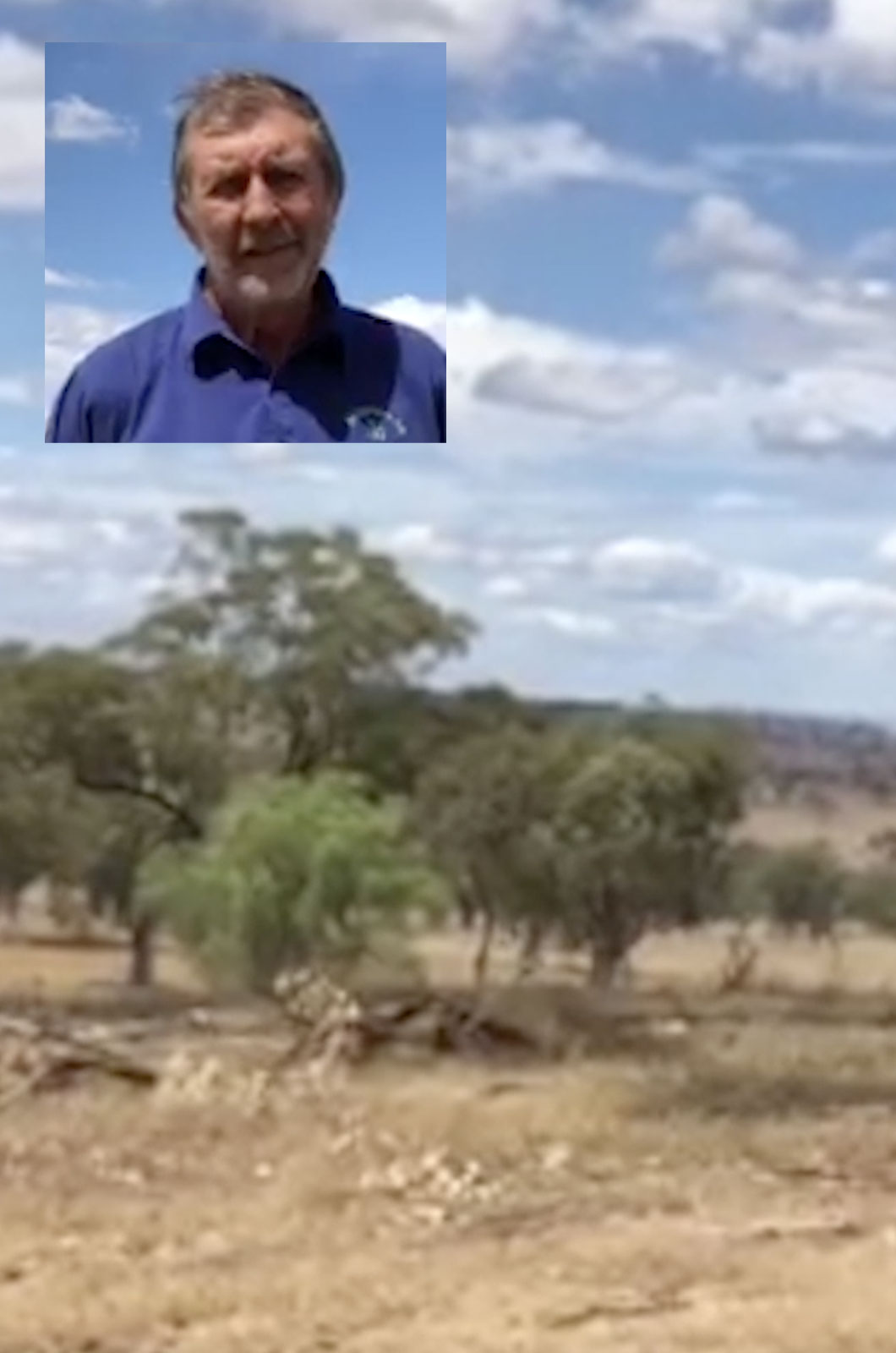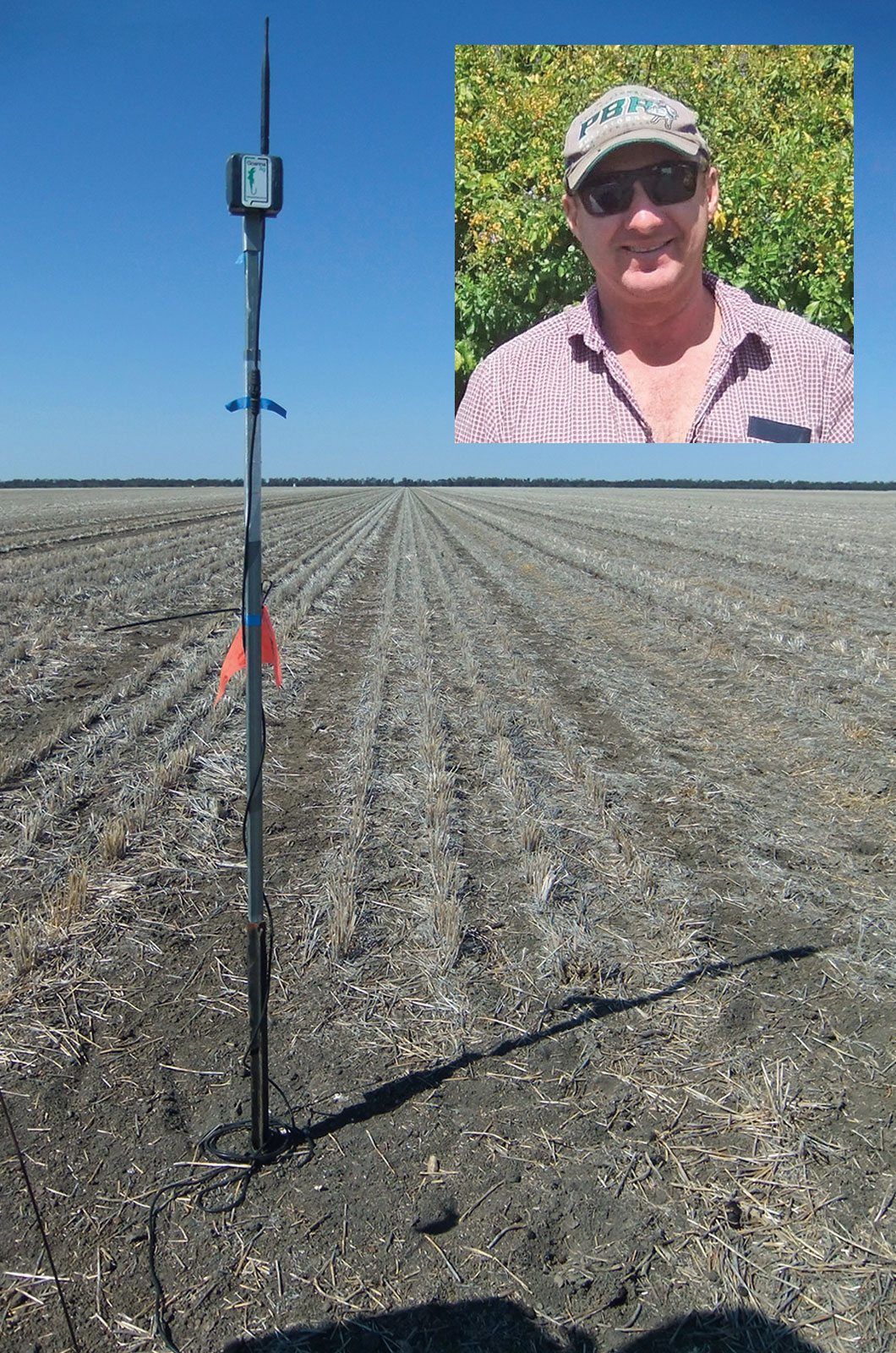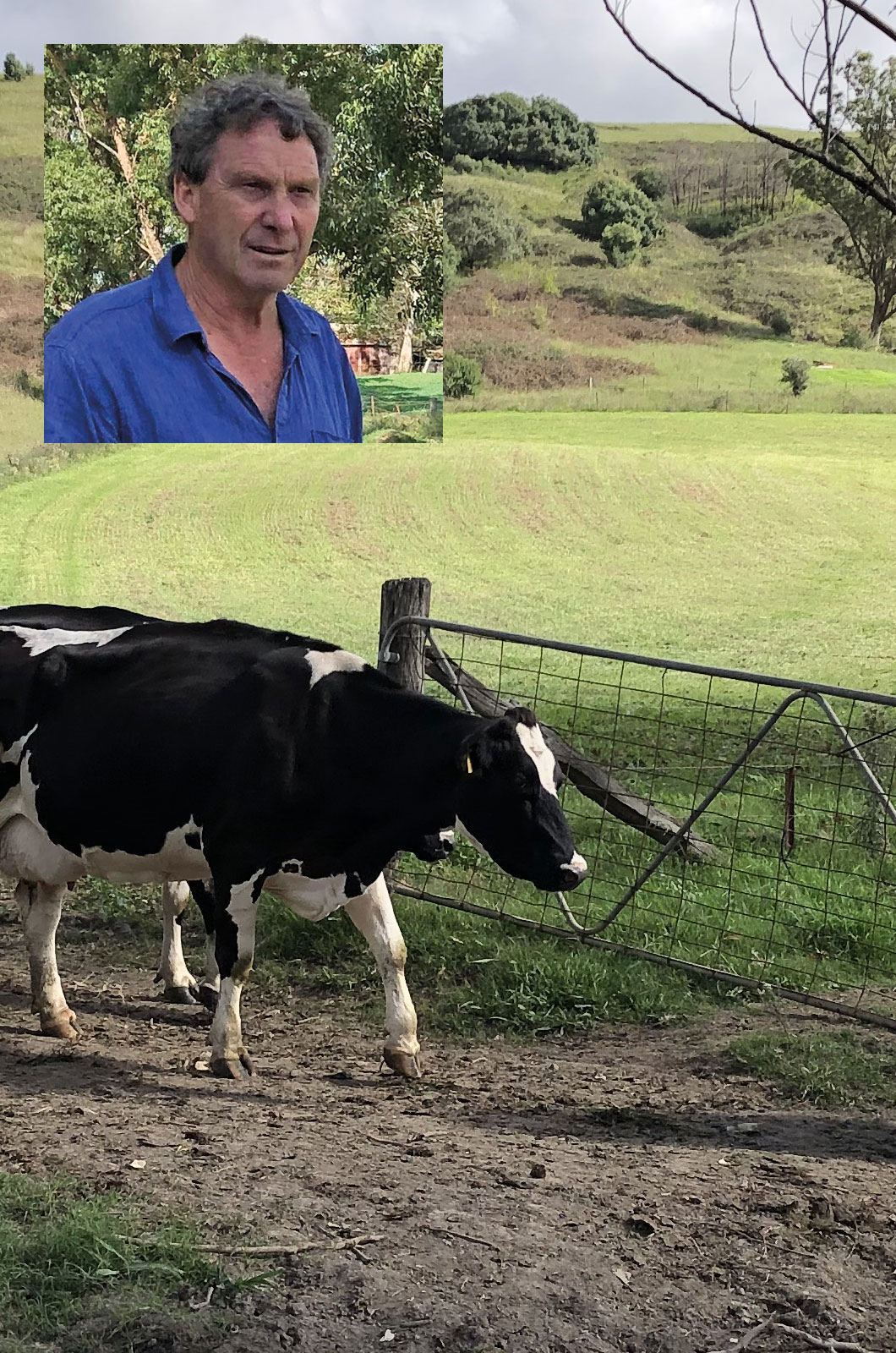
Location: Paterson, NSW
Manager: Matt Brett
Matt Brett is the manager of the Tocal Dairy at Paterson in the lower Hunter Valley Region of New South Wales. The dairy employs three full-time and three casual workers. Three hundred cows are milked daily. In dry times, an occasional visitor would not recognise the change in available fodder because of the reliable water supply from the Paterson River that supplies the centre-pivot irrigation system and stock water.
The irrigation allows a flexible grazing rotation that is part of the preparation for dry times. In a good season, when irrigation is supplemented by rainfall, crops of maize and sorghum, and pastures kikuyu and paspalum are available for grazing and also for fodder conservation. Matt explains that the plan is to fill four bunkers, each holding 450 tonnes of silage, as soon as the season allows. This fodder conservation is part of the plan for preparing for a dry time.
If drier times are predicted, Matt plants crops that make efficient use of the irrigation water: for example, he plants sorghum rather than maize. He explains further that it is important to know your soil types. On this property, forage sorghum is a better proposition than maize on the shallow soils but maize does well on the alluvial soils.
Dairy effluent builds up organic matter in the soil when it is irrigated back onto the paddocks. The increased organic matter improves moisture holding capacity of the soil. However, desirable as it is, Matt explains that a long dry period will eventually result in dry soils. The improvement due to organic matter allows about one extra month of grazing.
The farm has well designed paddocks and a layout that allows easy rotational grazing. When there is a flush of pasture due to a rainfall event and there are optimum pasture growing conditions, the herd can be skipped ahead a few paddocks to graze. The paddocks that were left out of that grazing rotation can then quickly be cut and conserved as fodder for future use.
The dairy has a plan for strategic destocking when feed is likely to be in short supply: firstly, cows with a high somatic cell count in the milk followed by infertile cows and then the older cows.
When asked about preparing for dry times on a dairy, Matt asks: Is it drought preparation or efficient farming?
Here are Matt’s observations for a dairy in a similar location:
- set-up next to a reliable water source
- install the best irrigation possible
- plant crops or pasture for efficient use of available water
- know your soil types so that you can match water available to plant growth
- conserve fodder when you can: pit silage; round bale silage; hay
- buy-in hay for storage when economic considerations are favourable
- plan for destocking
- use the Farm Management Deposit scheme as economic insurance for dry times when milk production falls.
Tocal newsletter
Want to find out about news, events, courses and publications?


